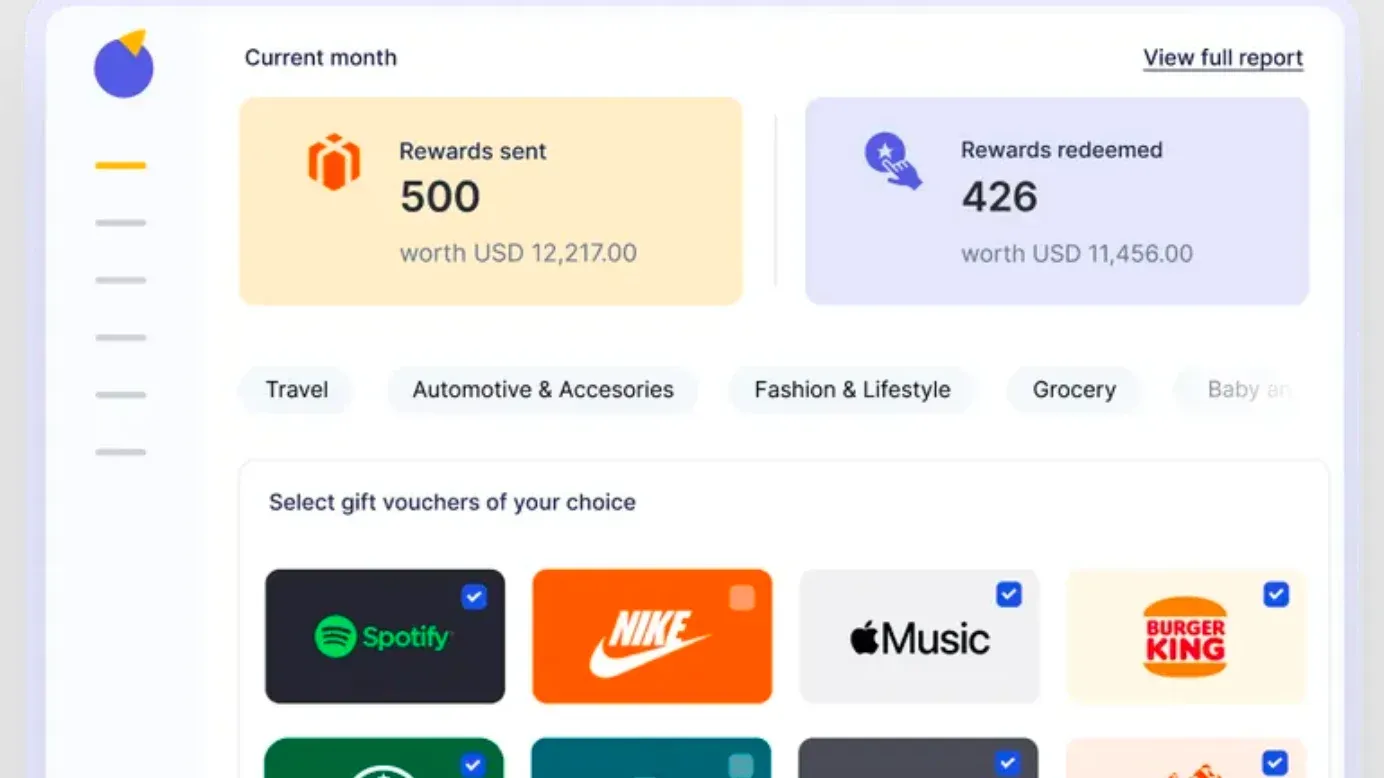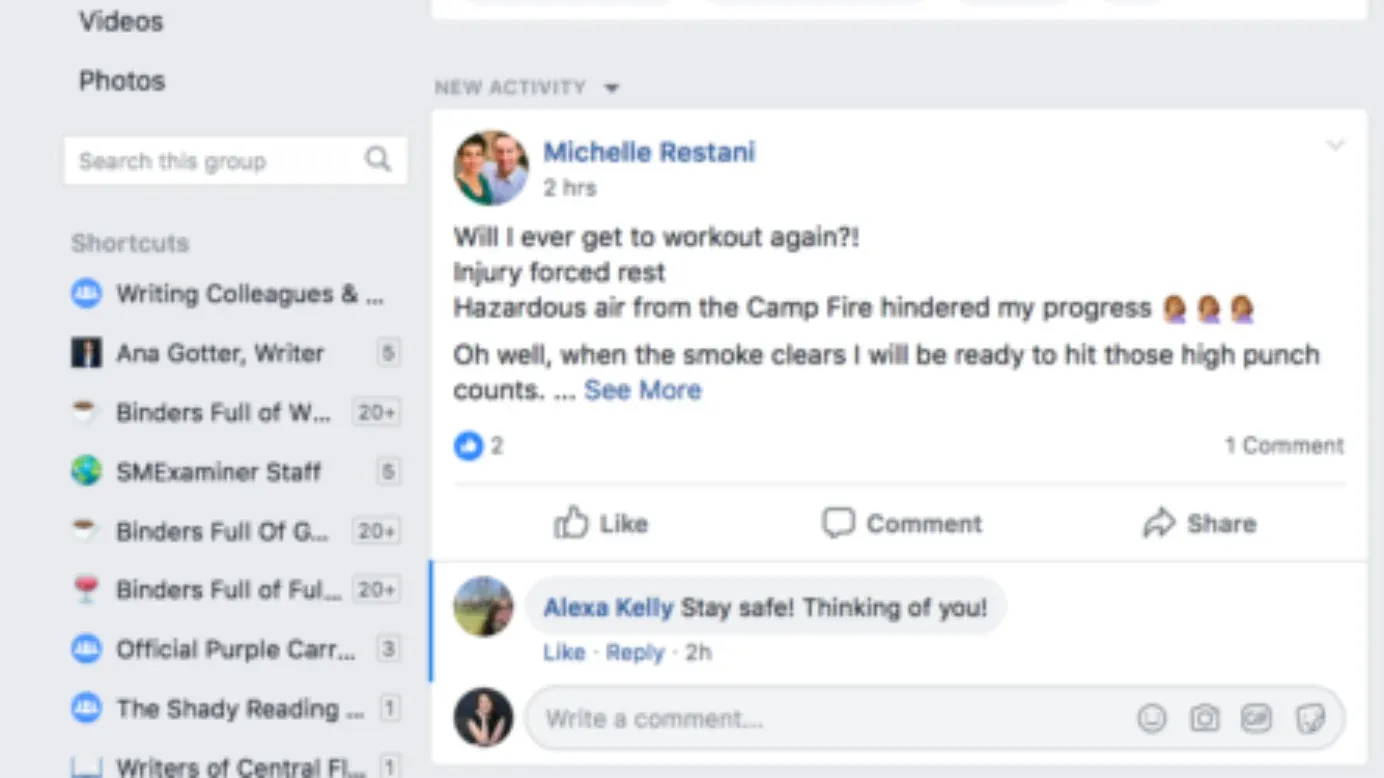Table of Contents
Social media is no longer just a fun tool for keeping in touch with high school friends. It has become an inextricable part of modern living.
Here are some stats to put it in perspective:
- 59% of the world’s population are social media users
- the average user spends two and half hours daily on social apps
- half of the time spent on smartphones is on social media.
The stats only tell us one thing: your target audience is on social media.
Then there’s the fact that social media has engagement and analytics features you can leverage to improve consumer experience with your brand, not just on social media, but beyond.
Read on to understand the impact of social media on customer experience. You'll also see how companies can leverage that impact to gain a business advantage over their competitors.
Why is customer experience crucial?
People sometimes use customer experience and customer service interchangeably, but there is a difference. A customer goes through several touch points as part of their customer journey. Customer service is just one of these touchpoints. This is when brands offer assistance to a customer with a specific need.
Customer experience, on the other hand, is more all-encompassing. It’s the customer’s impression of the entire buying process. Customers go through four stages when making these purchasing decisions.
- Awareness – they become aware of their problem.
- Consideration – they research market solutions to their problem.
- Decision – they purchase the solution to the problem.
- Delight – they refer the solution to their peers.
Each touchpoint in this process is equally vital, and overlooking one point can hinder your efforts to deliver an exemplary customer experience. It’s not enough to offer superior products. The process of obtaining said products and after should be pleasant as well.
Let’s say your product is trending on TikTok, and it has glowing reviews from influencers. However, PayPal is the only payment option you offer.
For consumers who don’t have PayPal accounts, it wouldn’t matter how great your product is. Requiring them to create PayPal accounts just to get the product will likely ruin the buying experience. You don’t want that. According to a PwC consumer report, it takes a single bad experience to lose a customer.
In other words, if you want to stand out, don’t just offer good customer service. Offer a good customer experience. A seamless customer experience supports business growth and increases revenue by ensuring customer loyalty, retention, and brand advocacy.
How does social media help customer experience?
Digital marketing is all about meeting potential customers where they are—and they are on social apps.
HubSpot’s Customer Trends reports that 41% of customers discover new brands using social media. Of these, 17% buy directly from social media platforms, and 19% send DMs to customer service teams.
Therefore, social media—through its engagement features—allows you to provide a seamless user experience at every stage of the buying process.
But that’s not all.
Social media also gives you valuable insights into what works for your customers and what doesn’t. For this, you can leverage another positive impact of social media on customer experience: analytics.
Thanks to social media, you can easily determine which types of content get more likes on Instagram and Facebook. You can also determine whether the same content strategy works for your LinkedIn followers.
Social media also has features you can leverage to gain feedback from customers and improve the customer experience.
You can create polls like the one above, for instance, to ask them what types of content they love to consume. Or you can ask them what features they’d like added to your product. The best part is, as you’ve seen, the information you can generate is something you can use to deliver excellent customer experiences even outside social media.
Ultimately, social media makes for a potent engagement tool and is a treasure trove of information about your potential customers. As a result, you can easily enhance the customer experience on social media and outside of it.
5 Ways to enhance customer experience using social media
As we’ve seen, social media can now help brands deliver even better customer experiences. However, you can only leverage the positive impact of social media on customer experience if you follow best practices.
Here are five ways you can use social media to enhance your customer experience:
1. Understand your audience using social media analytics
The first step to delivering a world-class customer experience is understanding your target audience. As I mentioned earlier, you can understand your audience using social media.
Social media apps already have tools that analyze customers’ social behavior. The tools also give you relevant content performance metrics such as likes, follows, and clicks.
Based on the data you gather, create a customer persona. A persona helps you visualize the basic characteristics of your audience.
These basic characteristics include demographic (age, gender), geographic (location, language), behavioral (customer satisfaction, loyalty), and psychographic data (values, lifestyle). You can also use your social media data to answer the following questions:
- What is the best type of content for each stage of the customer journey?
- How does the customer prefer to consume content?
- What tone or language resonates with them?
- Which social media platforms yield the best results?
Note that you will need multiple personas for B2B customers. The B2B sales process is longer than B2C and involves more than one decision-maker.
With a detailed understanding of your target audience thanks to social media analytics, you can create the ultimate customer experience, not just on your chosen social platforms but beyond.
Damian Grabarczyk, the co-founder and growth leader of PetLab Co., says, "Leveraging social media analytics has been a game-changer in enhancing our customer experience. With a robust following of over a million across platforms, we delved deep into the data, uncovering that 60% of our audience engaged most with content centered around pet wellness. This insight was pivotal. We shifted our strategy to focus more on educational content, resulting in a 40% increase in engagement and a 25% uptick in repeat purchases. By aligning our content with our audience's interests, we not only solidified our position as a trusted authority in pet care but also saw our customer satisfaction scores soar by 30%. This strategic pivot, guided by social media analytics, has been instrumental in transforming how we connect with and serve our community.
2. Obtain brand feedback
Digital customers aren’t afraid to tell you what they think about your brand. They particularly like using social media. In fact, 46% of consumers have used social media to complain about a business. At the same time, 49% of consumers who have had positive customer experiences with a brand share these on social channels.
You can leverage this feedback to improve your product, content, among others. So, if you get negative feedback for a new shoe feature, for instance, you might decide to scrap it. Or, if you get praises for your social media infographic on email marketing trends, you might decide to create something similar. Ultimately, you can enhance the customer experience with the data you generate and use to your advantage, not just on social media channels, but also outside of them.
There are several ways you can generate this feedback on social media. Why not take advantage of native survey features, like the poll sticker on Instagram Stories below?
For example, Zappos polls its followers to learn what fashion trends customers are following. Doing so helps them predict which of their products will likely sell out. This feature is also a great tool to drive engagement, which is also good for customer experience.
The comment section is also a reservoir of unfiltered feedback. You can use social listening tools to find posts that mention your brand or products.
Here’s another idea: Promote your customer satisfaction and net promoter score surveys sent via email on social media. You can announce your incentive to subscribers who answer the email surveys in a Facebook post, for example. After you find email addresses to send your surveys to through your lead magnets, make sure you verify the addresses to ensure your questionnaires reach the intended people.
Then use a rewards platform like Xoxoday to easily send and manage your incentives.

Whether it’s a survey or a poll you’re using, follow best practices. Ask simple, relevant questions, avoid leading questions, and keep them short (surveys should be under three minutes). The goal is to get an unbiased picture of how you’re meeting your customers’ expectations so you can make changes if necessary.
3. Respond to queries and complaints
Over 65% of social media users expect brands to respond to queries and complaints directed at them, whether these are sent privately or in a public post. What’s more, 76% expect a reply within 24 hours on social media.
So, if you manage to meet these consumer expectations, you should get praises for your excellent customer experience.
But how you respond is just as important. Give your audience a well-thought-out answer that directly addresses their question. Don’t beat around the bush. When you answer negative feedback, be extra careful. It makes a huge difference between turning lemons into lemonade and fanning the flames of a PR wildfire.
EasyJet learned this the hard way when it responded to a tweet of a passenger sitting on a backless seat this way:

While the response was quick (within 15 minutes), the response angered customers, turning a minor issue into a PR nightmare. It turns out that no passenger used the inoperative seat during the flight. However, asking the poster to delete the picture before investigating was a grave mistake.
You can’t avoid negative posts or comments, but you should never ignore or delete them. Responding to complaints sincerely and transparently as part of your social media customer service creates an opportunity to build trust.
Here’s an example of the right way to respond to negative feedback.

Chobani responds to the customer by acknowledging their customer’s frustration and asking to move the conversation to private channels.
Don’t forget to apologize for your mistake and thank your customer for the feedback. Also, communicate an appropriate solution. Then make sure you implement the solution and inform the complaining customer about it in a follow-up message.
4. Create personalized customer experiences with retargeting
Today’s customers expect businesses to know their preferences, recommend relevant products, and engage with them on a personal level. That’s just part of providing a good customer experience. In fact, customers love personalization so much that they buy from companies that provide the same. Companies that excel at personalization generate 40% more revenue.
So, how do you implement personalization in user experiences? You’ve already taken the first step by creating buyer personas. Depending on how detailed your audience research is, you already know what content customers like, the social media platforms they prefer, and the tone of voice that resonates with them.
But you can go a step further. As part of your social media strategy, why not leverage ads for retargeting? Just install a pixel from your chosen social media platform to your site. So, when someone visits your website and browses through your watch collection, for example, but leaves, you can still reach out to them with a Facebook ad that offers a discount on the collection, for instance. Or if they put something in their cart, your social media ad can remind them about the product they left behind..
You can find a step-by-step guide on how to set up retargeting ads on each social platform. Here’s a comprehensive guide from Meta for Facebook and Instagram ads.
If you don’t have time to create your ads, leverage enterprise generative AI. These tools don’t just help you scale content creation. They can help you generate on-brand content as well. With a good retargeting strategy, you can customize your social media messaging and tailor interactions based on where they are in your sales funnel.
5. Leverage social media online communities
You want to create a community among your social media followers. People just love being a part of a community of like-minded individuals. Just look at the stats. A whopping 76% of Internet users participate in an online community. Besides, social media communities can help strengthen customer relationships.
So, take advantage of social media online communities to ensure superior customer experience. Create a Facebook group, for instance, like fitness brand FightCamp did:

But don’t just wait for your members to interact with the others in the group. You have to initiate the interactions. So, post engaging content like an infographic on workout tips, if you’re a fitness brand, for example. Or why not share user-generated content? You can publish resources for customer support as well.
Just don’t forget to create clear community guidelines for everyone to see. You want to regulate community activities and prevent any kind of hate speech or spam during interactions.
Online communities play a key role in enhancing the customer experience. They drive meaningful interactions and increase customer satisfaction and loyalty.
2 Case studies of customer excellence using social media done right
KLM Royal Dutch Airlines
To attract millennial and Gen Z customers, KLM sought to deliver an omnichannel user experience across its marketing channels.
The solution was a social media hub with interfacing functionalities. The API software enabled the airline’s IT infrastructure to integrate with Facebook and Twitter, and even WhatsApp. Customers can interact with the brand and even book tickets and choose seats on any KLM flight on these channels.
Starbucks
Following negative press accusing the brand of wasting 23 million liters of water daily, the coffee chain sought to rehabilitate its image by giving customers insights into the company. It used Facebook and Twitter to launch products and engage with customers to position itself as a socially conscious brand.
The brand also launched My Starbucks Ideas, a platform where fans can share suggestions to improve the company. Satisfied customers created account profiles where they shared ideas, discussed, and voted on ideas they liked (much like a social website). Customers could also share their ideas on the My Starbucks Idea Twitter page. This initiative drove customer engagement and loyalty and earned the brand excellent results in online engagement.
In closing
The impact of social media on customer experience is undeniable. More customers use social media platforms to vent their frustrations, with reputational consequences for business firms. Plus, social media comes with analytics and engagement features you can leverage to generate insights into what your customers want. As a result, you can improve their customer experience even beyond social media.
You learned five ways you can use social media to enhance the customer experience. Understand your audience using social media analytics, obtain brand feedback, and respond to complaints. Also, create personalized customer experiences with retargeting and leverage social media communities.
Take full advantage of the impact of social media on customer experience now. You’ll ensure customer happiness, and they’ll willingly reward you for it. Good luck!


